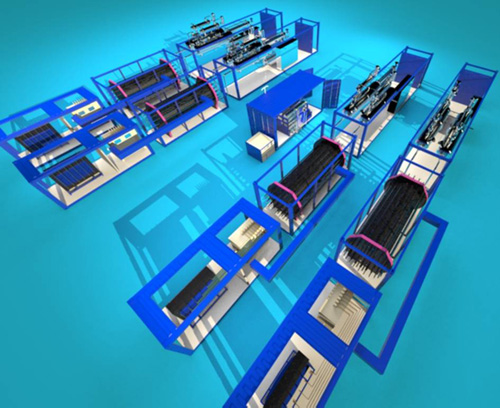Products
Hydrogen Generating Plant by Water Electrolysis
Inquiry and Sales: sales@angstrom-advanced.com or Online Request

Introduction
Hydrogen electrolyte and oxygen electrolyte circulate separately, hydrogen electrolyte pumps into hydrogen cell directly and oxygen electrolyte pumps into oxygen cell directly, and therefore gets higher purity of hydrogen and oxygen gas.
Electrolysis Process Overview
Electrolysis is the passage of a direct electric current through an ionic substance that is
either molten or
dissolved in a suitable solvent, resulting in chemical reactions at the electrodes and
separation of materials.
The main components required to achieve electrolysis are :
- An electrolyte: a substance containing free ions which are the carriers of electric current in the electrolyte. If the ions are not mobile, as in a solid salt then electrolysis cannot occur.
- A direct current (DC) supply: provides the energy necessary to create or discharge the ions in the electrolyte. Electric current is carried by electrons in the external circuit.
- Two electrodes: an electrical conductor which provides the physical interface between the electrical circuit providing the energy and the electrolyte. Electrodes of metal, graphite and semiconductor material are widely used. Choice of suitable electrode depends on chemical reactivity between the electrode and electrolyte and the cost of manufacture.

Specifications
| H2 capacity | 1 ~ 10,000 Nm3/h |
| O2 capacity | 0.5 ~ 5,000 Nm3/h |
| H2 purity | > 99.995% |
| O2 purity | > 99.95% |
| Power consumption (DC) | < 4.2 kWh/m3 H2 |
| Electrolyte | SPE/PEM or KOH |
| Work pressure | 0.5 ~ 5.0MPa |
